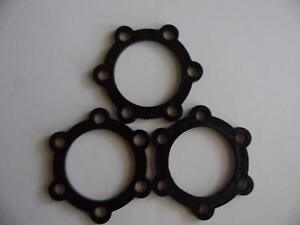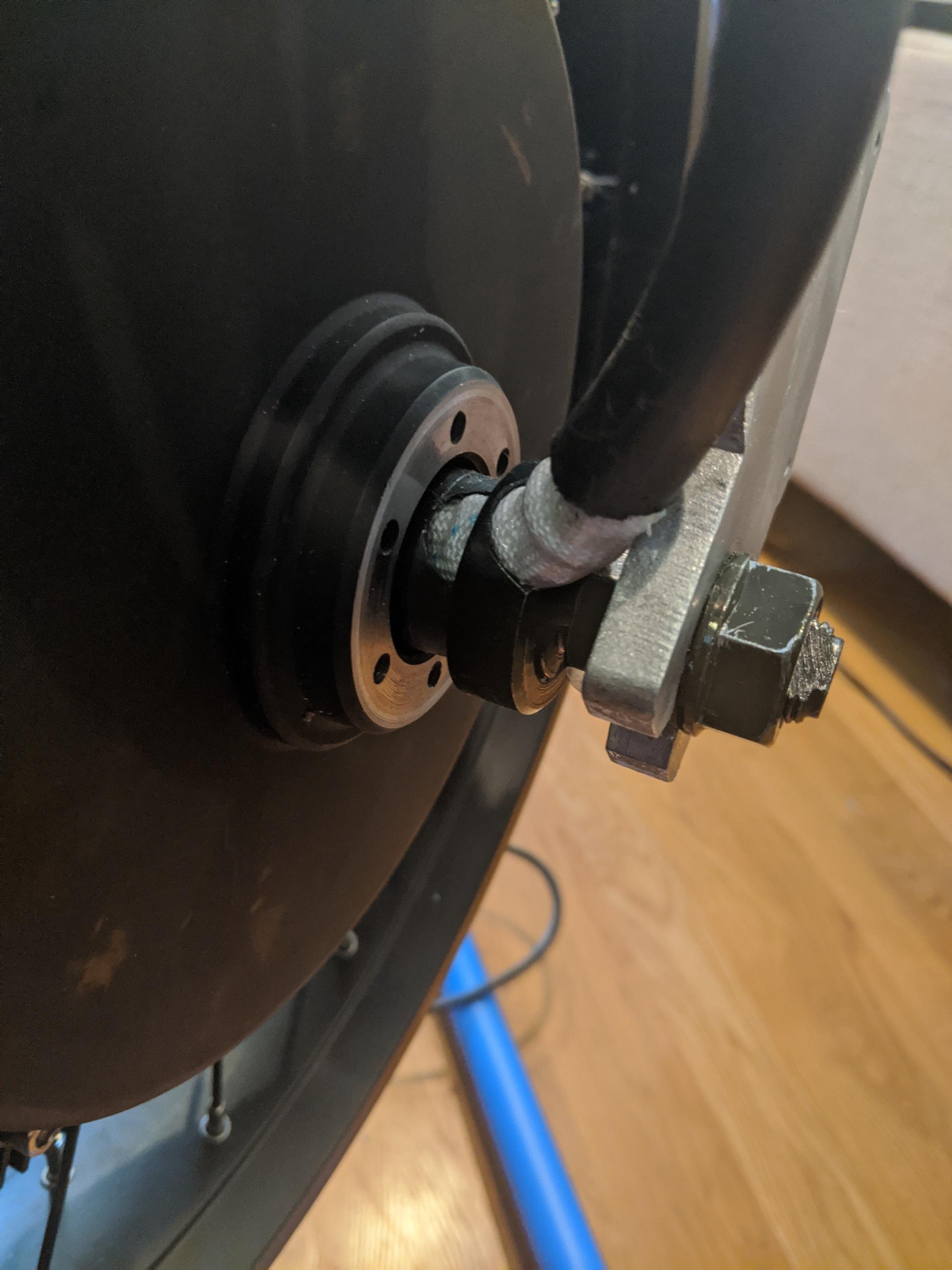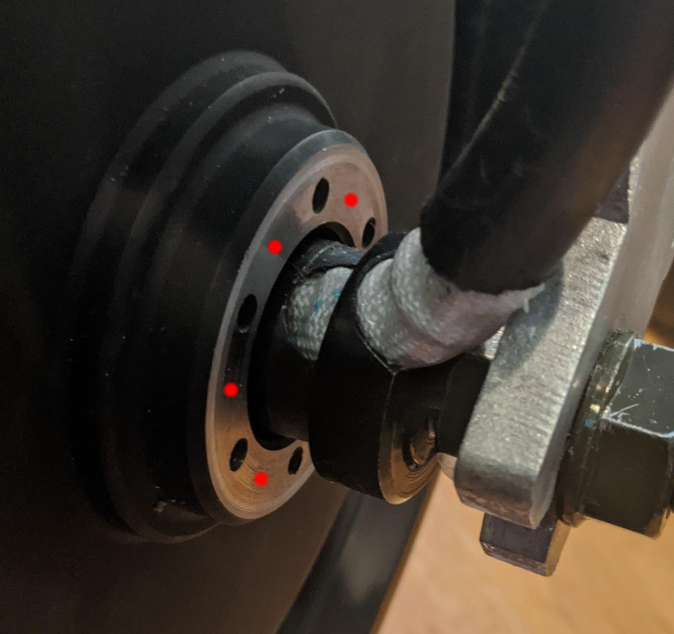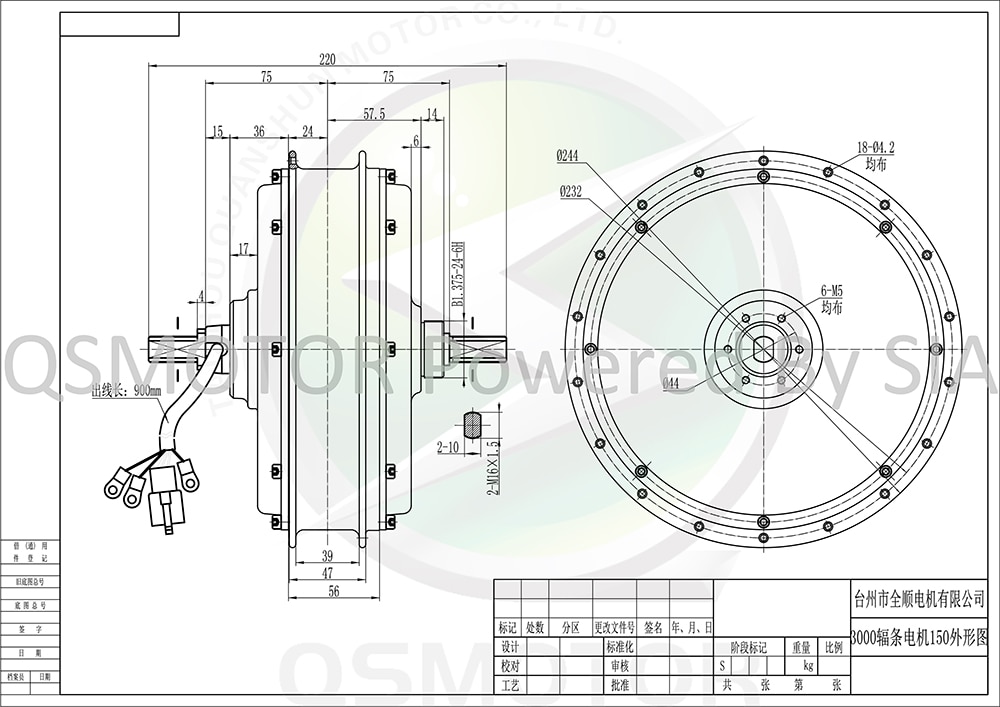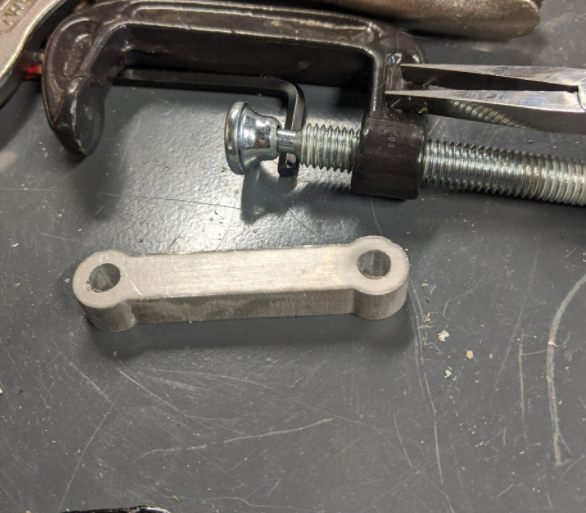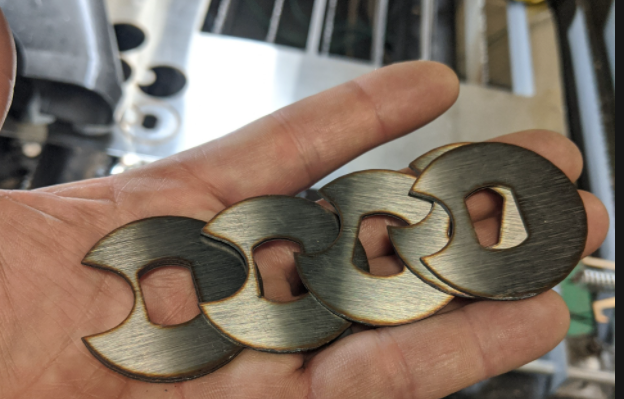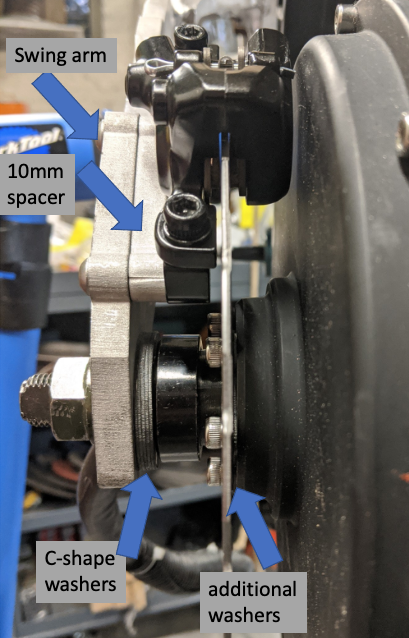owhite
100 W
- Joined
- Aug 3, 2020
- Messages
- 285
I made a custom swing arm with a 190 dropout distance for a QS205 motor. Swing arm construction described here:
https://endless-sphere.com/forums/viewtopic.php?f=6&t=108357&p=1612317#p1595747
Next time i'll design the distance differently.
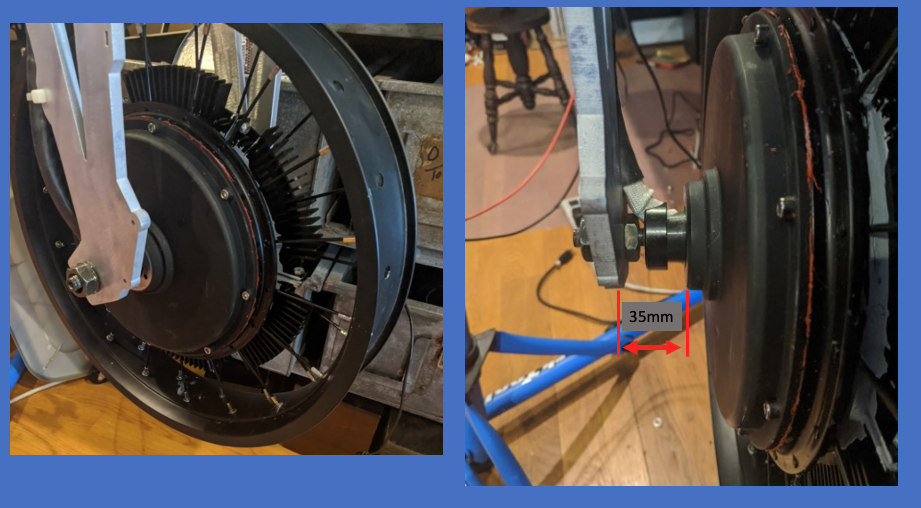
so I have a gap of 35mm between the swing arm and the bolt plate for the brake disc. What are my options for matching the brake caliper to the disc? I could build out the distance between the QS205 mounting area, and/or build an adaptor that meets between the caliper and the swing arm. I have lots of machining options, but I'm just curious....
How do most people address/deal with this?
thanks for suggestions!
https://endless-sphere.com/forums/viewtopic.php?f=6&t=108357&p=1612317#p1595747
Next time i'll design the distance differently.

so I have a gap of 35mm between the swing arm and the bolt plate for the brake disc. What are my options for matching the brake caliper to the disc? I could build out the distance between the QS205 mounting area, and/or build an adaptor that meets between the caliper and the swing arm. I have lots of machining options, but I'm just curious....
How do most people address/deal with this?
thanks for suggestions!


